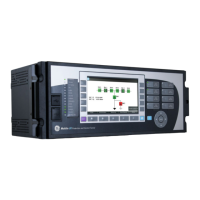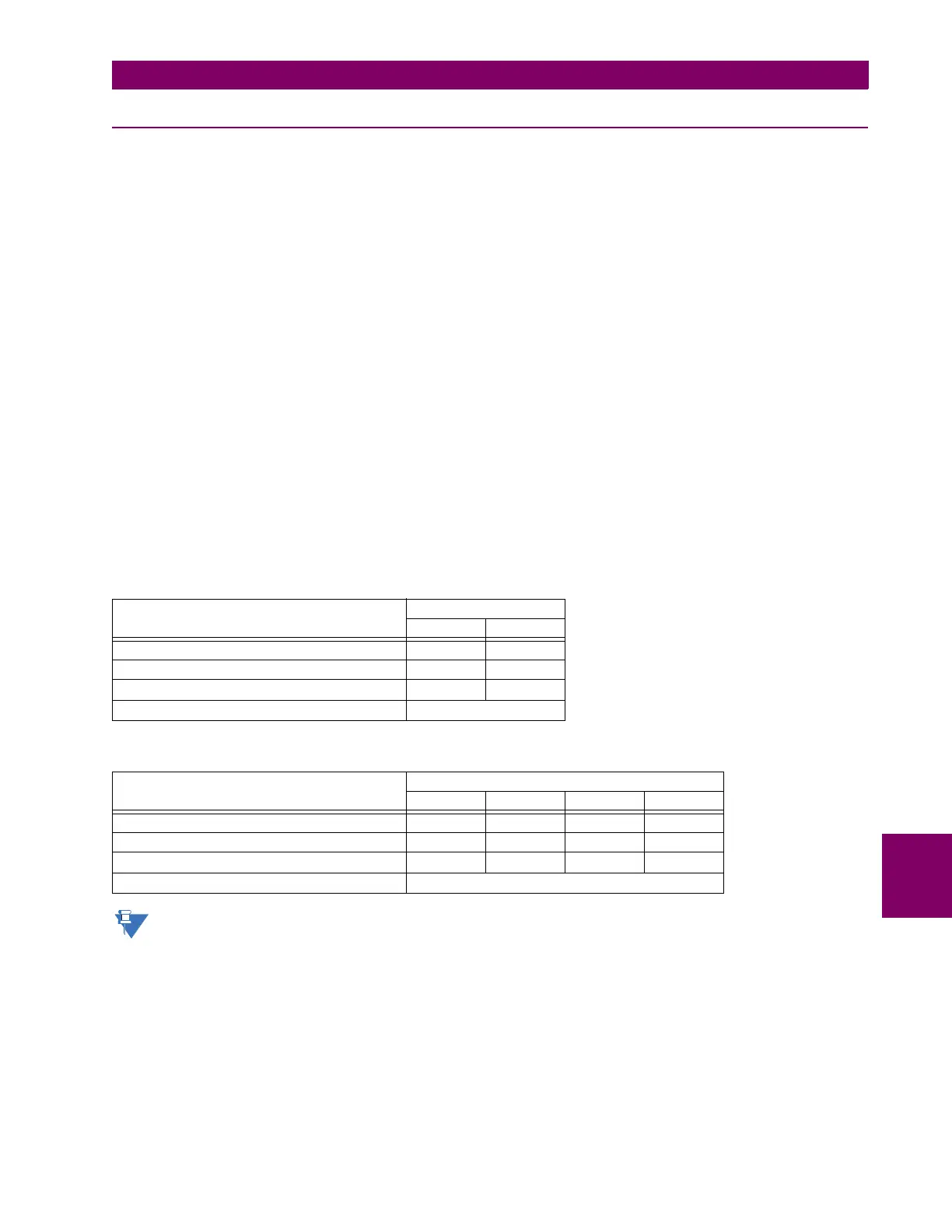GE Multilin D60 Line Distance Protection System 8-33
8 THEORY OF OPERATION 8.5 SINGLE-POLE TRIPPING
8
8.5.4 PERMISSIVE ECHO SIGNALING
The “echo” feature can reduce the response time of an over-reaching scheme when a terminal is disconnected from the
line. In this condition, a zone 2 element at the terminal that remains in-service can detect a fault, but cannot trip, as a per-
missive signal is not received from the remote terminal. This feature is provided in the permissive over-reaching transfer trip
and hybrid permissive over-reaching transfer trip schemes.
PERMISSIVE OVER-REACHING TRANSFER TRIP SCHEME:
When used this feature will “echo” a reliable received permissive signal back to the originating terminal when a line-
end-open condition is identified by the line pickup logic. The permissive echo is programmed as a one-shot logic. The
echo is sent only once and then the echo logic locks out for a settable period. The duration of the echo pulse does not
depend on the duration or shape of the received Rx signals but is settable.
The echo is sent back only if none of the overreaching protection elements operates.
HYBRID PERMISSIVE OVER-REACHING TRANSFER TRIP PERMISSIVE ECHO:
When used this feature will “echo” a reliable received permissive signal back to the originating terminal if the line-end-
open condition is recognized by the line pickup scheme and the fault is not identified as a reverse fault by the zone 4 or
the ground directional overcurrent function (if used). The permissive echo is programmed as a one-shot logic. The
echo is sent only once and then the echo logic locks out for a settable period. The duration of the echo pulse does not
depend on the duration or shape of the received RX signal but is settable as
ECHO DURATION.
The echo is sent back only if none of the overreaching protection elements operates.
PERMISSIVE ECHO OPERANDS AND TRANSMIT CODES:
In single-pole tripping, single-bit channel applications the signal received on bit no. 1 (Rx1) is echoed back on bit no. 1
(Tx1). In two- and four-bit applications the following echo tables apply.
For the directional comparison unblocking scheme, the echo is performed in the same manner as the Hybrid POTT
echo, but by applying additionally the following logic for both the Rx (received) and LOG (loss-of-guard) for each
channel: ECHO
N
= LOG
N
AND RX
N
.
Table 8–29: ECHO TABLE FOR 2-BIT CHANNELS
LOCAL DETERMINATION OF FAULT TYPE ECHOED BITS
TX1 TX2
AG 1 0
BG 0 1
CG 1 1
AB, ABG, BC, BCG, CA, CAG, 3P, Unrecognized Send back as received
Table 8–30: ECHO TABLE FOR 4-BIT CHANNELS
LOCAL DETERMINATION OF FAULT TYPE ECHOED BITS
TX1 TX2 TX3 TX4
AG 1000
BG 0100
CG 0010
AB, ABG, BC, BCG, CA, CAG, 3P, Unrecognized Send back as received

